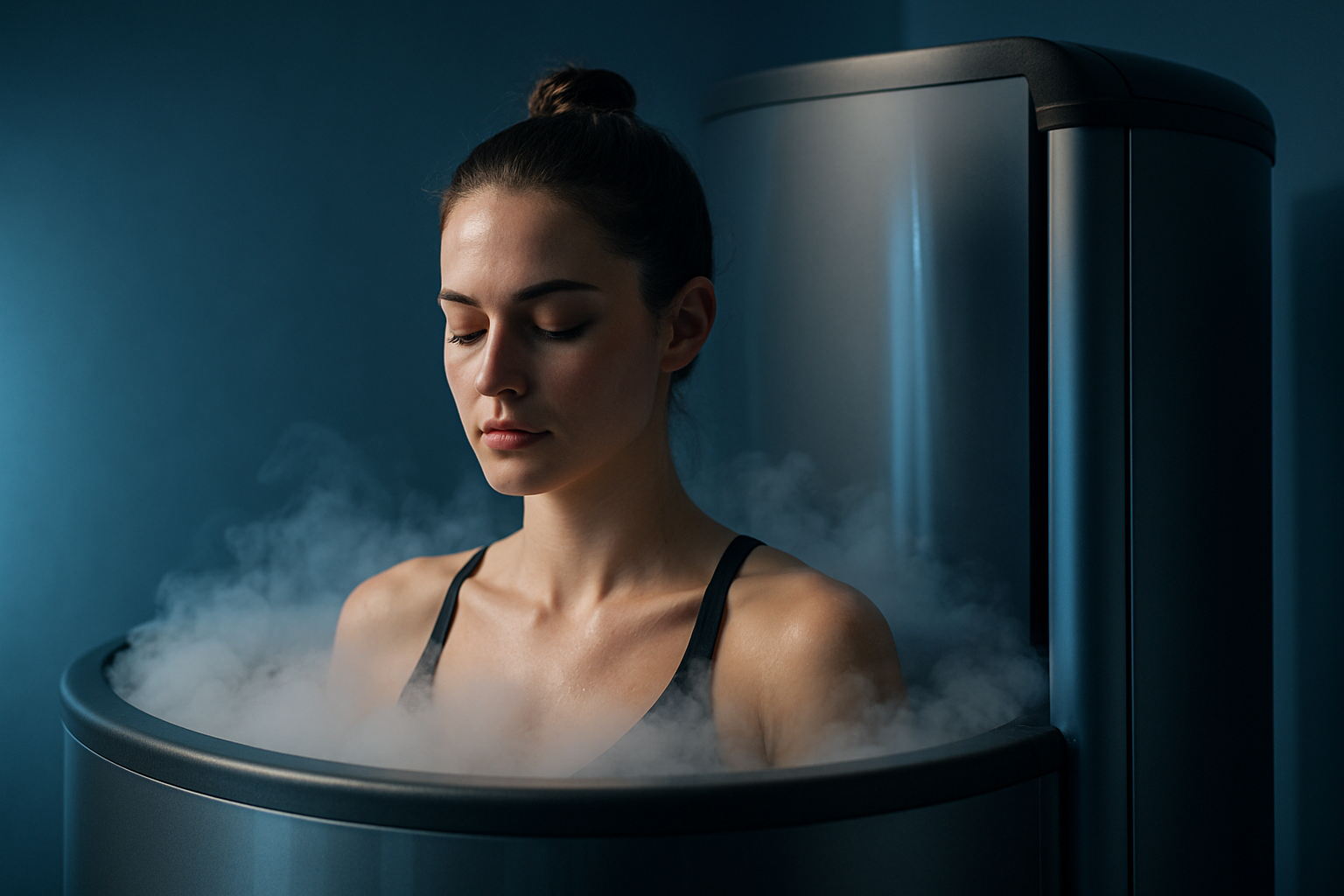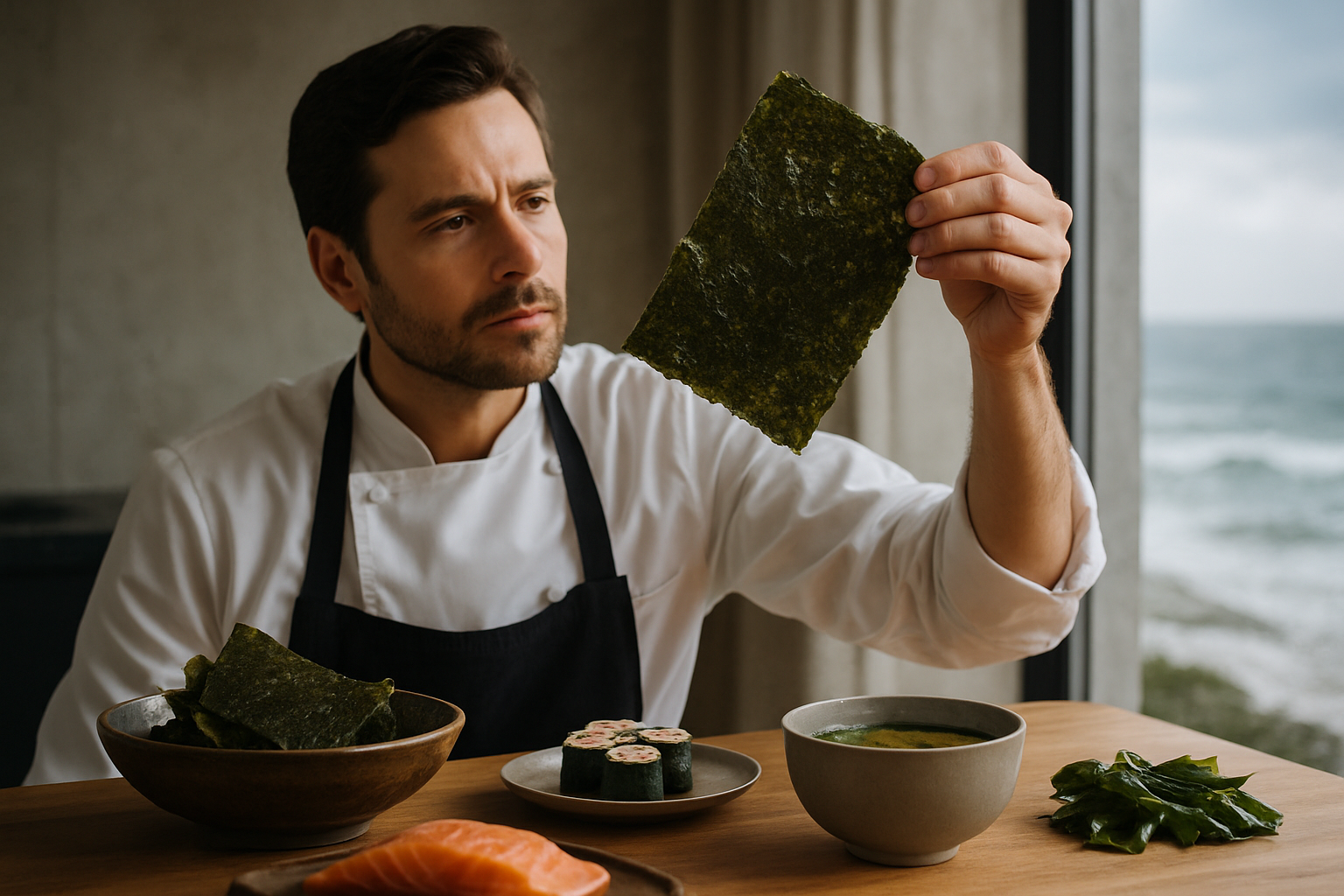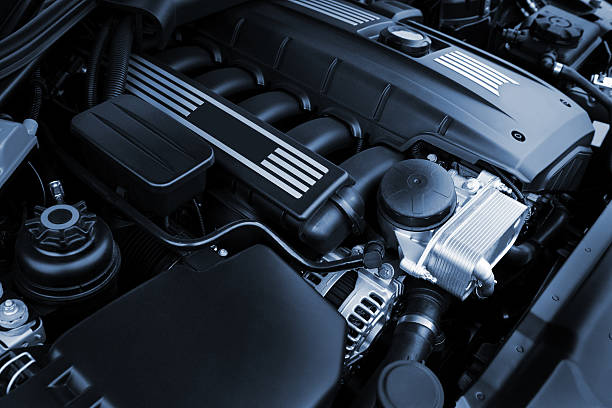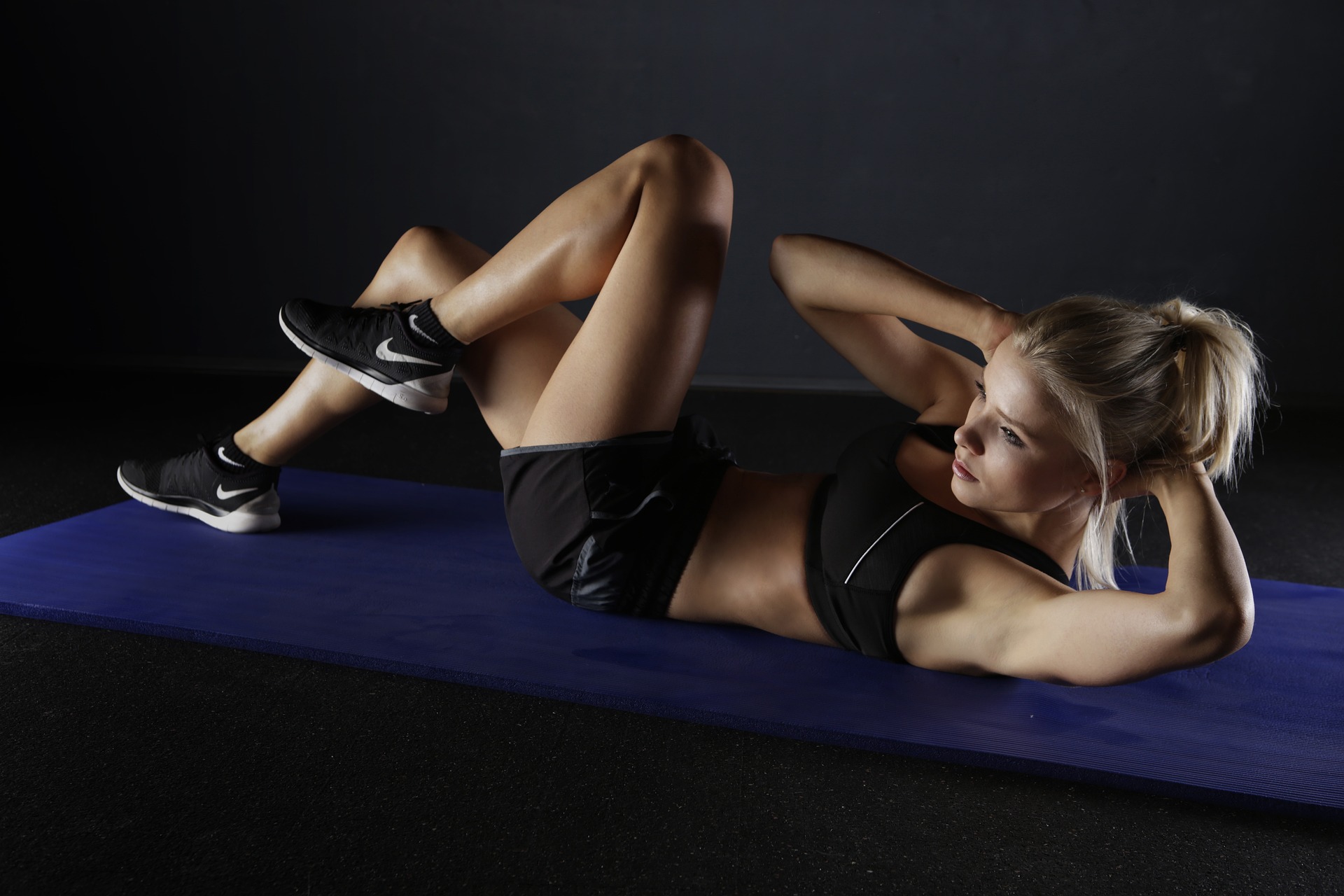Cryotherapy: The Cold Truth About Beauty's Hottest Trend
Imagine stepping into a chamber so cold it makes the Arctic seem balmy. Your skin tingles, your breath catches, and for a brief moment, you wonder if you've made a terrible mistake. But as you emerge just minutes later, you feel invigorated, refreshed, and possibly even a bit younger. This is the world of cryotherapy, a cutting-edge treatment that's taking the beauty and wellness industry by storm. Far from being just another fad, cryotherapy is rooted in centuries of cold therapy practices and is now being hailed as a revolutionary approach to health, beauty, and fitness. As more celebrities and athletes sing its praises, cryotherapy centers are popping up in major cities worldwide, promising a range of benefits from pain relief to weight loss. But what's the science behind the freeze, and does it really live up to the hype?

The concept of using cold for healing dates back to ancient civilizations. Egyptians used cold treatments to reduce inflammation and swelling, while Hippocrates recommended cold therapy for pain relief. However, modern cryotherapy as we know it today began in Japan in the 1970s when Dr. Toshima Yamauchi used extreme cold to treat rheumatoid arthritis.
The Science of the Freeze
When exposed to extreme cold, the body’s survival instincts kick in. Blood vessels constrict, redirecting blood flow to vital organs. This process, known as vasoconstriction, is believed to be the key to cryotherapy’s potential benefits. As the body warms up post-treatment, blood rushes back to the extremities, potentially bringing with it a host of positive effects.
Research suggests that this rapid cooling and rewarming process may stimulate the release of endorphins, boost metabolism, and trigger an anti-inflammatory response. A study published in the Journal of Clinical Medicine found that cryotherapy could potentially reduce oxidative stress and inflammation markers in the blood, which are associated with various chronic diseases and aging processes.
Beauty in the Ice Age
In the beauty world, cryotherapy is gaining traction as a non-invasive alternative to traditional cosmetic procedures. Proponents claim it can improve skin tone, reduce the appearance of cellulite, and even slow down the aging process. The theory is that the extreme cold stimulates collagen production, tightens pores, and improves circulation, leading to a more youthful appearance.
Cryofacials, a localized form of cryotherapy for the face, are becoming increasingly popular in high-end spas and dermatology clinics. These treatments involve applying a controlled beam of vaporized liquid nitrogen to the face, neck, and scalp. Advocates report immediate improvements in skin texture and a noticeable “glow” post-treatment.
Fitness on Ice: Athletic Performance and Recovery
Athletes, from weekend warriors to professional sportspeople, are turning to cryotherapy as a recovery tool. The cold exposure is thought to reduce muscle soreness, inflammation, and recovery time after intense workouts or competitions. Some studies suggest that cryotherapy may be more effective than traditional ice baths, offering similar benefits in a fraction of the time.
A review published in the International Journal of Sports Medicine found that cryotherapy could potentially enhance muscle recovery and reduce perceived muscle soreness after exercise. However, the authors noted that more research is needed to fully understand the long-term effects and optimal protocols for athletic performance.
The Chilling Reality: Risks and Controversies
Despite its growing popularity, cryotherapy is not without controversy. The U.S. Food and Drug Administration (FDA) has not cleared or approved whole-body cryotherapy devices for medical treatment of any specific medical conditions. Critics argue that many of the claimed benefits lack substantial scientific evidence and that the treatment carries potential risks.
Prolonged exposure to extreme cold can lead to frostbite, burns, and even asphyxiation due to the nitrogen-rich environment in cryotherapy chambers. There have been rare but serious incidents, including a reported death in a cryotherapy chamber in 2015, highlighting the importance of proper safety protocols and trained supervision.
Moreover, certain individuals, such as those with heart conditions, high blood pressure, or pregnancy, are advised against using cryotherapy. The rapid temperature changes can put significant stress on the cardiovascular system, potentially exacerbating existing health issues.
The Future of Freeze: Innovations and Research
As cryotherapy continues to gain popularity, researchers are exploring its potential applications beyond beauty and sports recovery. Preliminary studies are investigating its effects on mental health, sleep quality, and even chronic pain conditions like fibromyalgia.
Technological advancements are also shaping the future of cryotherapy. New devices are being developed to make treatments more accessible and customizable. For instance, localized cryotherapy wands allow for targeted treatment of specific body areas, while cryotherapy saunas combine the benefits of heat and cold therapy in a single session.
The beauty and wellness industry is watching closely as these developments unfold. With the global cryotherapy market projected to reach $319 million by 2024, according to a report by Grand View Research, it’s clear that the big chill is here to stay. As more research emerges and technology evolves, cryotherapy may well transition from a niche treatment to a mainstream wellness practice.
In conclusion, cryotherapy represents a fascinating intersection of ancient healing practices and cutting-edge technology. While its full potential remains to be seen, it has undoubtedly captured the imagination of the beauty and fitness world. As with any emerging treatment, it’s crucial for consumers to approach cryotherapy with a balanced perspective, weighing the potential benefits against the risks and consulting with healthcare professionals before taking the plunge into the world of extreme cold.





